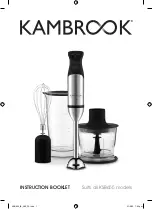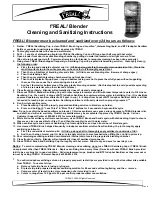
Series III RangeMaster
Owner’s Manual
November 2016
1
Thank you for purchasing a HardWay RangeMaster. Here are some things you should
know: There will be a test later.
The HardWay RangeMaster is a very accurate reproduction of the original legendary
Dallas Rangemaster Treble Booster of around 1966. There was a total of 8 Series III
units built, numbered from SIII01 to SIII08. The serial number is written on the
bottom outside of the unit, and on the inside, near the terminal strip.
Not very many original Dallas Rangemasters were built (nobody knows how many)
and they were hard to find, even in the 1960s, even in England, where they were
made. Moving ahead to the 21st century, I saw one on eBay the other day, listed for
$5,000.
The Rangemaster was a very simple circuit, centered around a Germanium transistor
(usually a Mullard OC44 or NTK 275 or a Mullard OC 71). The circuit consists of 1
transistor, 3 resistors, 4 capacitors, a potentiometer, a switch, and a battery.
The Welwyn preset pot was usually 10K or 20K. The boost knob was scratchy when
adjusted, due to the DC voltage present on the pot. This is the way the original was
designed; it is normal for this device.
With one exception, the Series III HardWay RangeMaster uses a CV7003 Germanium
OC44 transistor. The gain of the CV7003 used in this series ranged from 82 to 102.
(True gain, which is apparent gain minus leakage.)
The first Series III RangeMaster, number SIII01, was built around a Mullard OC44 with
true gain of 56. I used this Mullard OC44 because it had extremely low leakage and
sounds really nice, despite the somewhat low gain. The rest of the series were made
with CV7003s. The CV7003 was an OC44 made by Texas Instruments for the UK
military. As far as "tone" goes, I can't tell the difference between the TI and Mullard
OC44s; the TI OC44s are just higher gain.

























